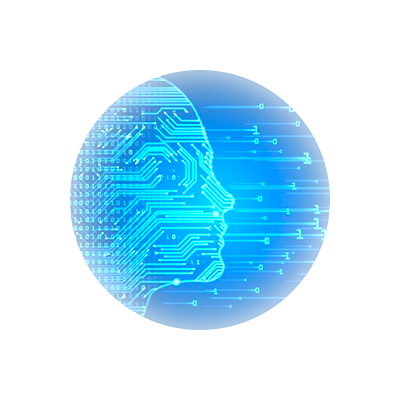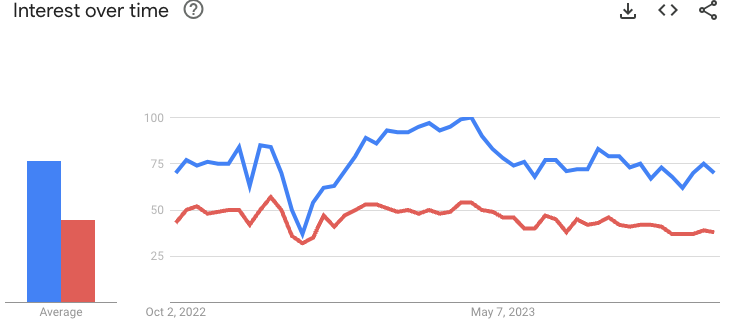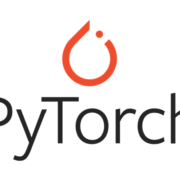PyTorch’s Applications
PyTorch is a versatile deep learning framework with a wide range of applications across various domains. Some of its notable applications include:
- Computer Vision:
- Image Classification: PyTorch is commonly used for building and training convolutional neural networks (CNNs) for tasks like image classification, where models learn to classify objects in images.
- Object Detection: It’s used for creating object detection models to locate and classify objects within images or video streams. Popular architectures like Faster R-CNN and YOLO are often implemented in PyTorch.
- Semantic Segmentation: PyTorch is used for semantic segmentation tasks, where each pixel in an image is classified into a specific category or object class.
- Face Recognition: Deep learning models for face recognition, face detection, and facial feature analysis are often implemented using PyTorch.
- Natural Language Processing (NLP):
- Text Classification: PyTorch is applied to text classification tasks, such as sentiment analysis, spam detection, and topic categorization.
- Named Entity Recognition (NER): It’s used to build models that can identify and classify named entities (e.g., names of people, places, organizations) in text data.
- Machine Translation: PyTorch has been used to develop machine translation models like sequence-to-sequence models with attention mechanisms.
- Language Generation: It’s utilized for language generation tasks, including text generation, chatbots, and dialogue systems.
- Reinforcement Learning (RL):
- PyTorch is widely used for implementing and training reinforcement learning algorithms, including deep reinforcement learning techniques. Libraries like OpenAI’s Gym and Stable Baselines use PyTorch as their backend for RL experiments.
- Generative Models:
- PyTorch is popular for generative modeling tasks, including Generative Adversarial Networks (GANs) and Variational Autoencoders (VAEs), which can generate new data samples.
- Recommendation Systems:
- PyTorch is employed to build recommendation systems that provide personalized recommendations to users based on their historical preferences and behaviors.
- Healthcare and Medical Imaging:
- PyTorch is used in medical image analysis tasks, including disease diagnosis, lesion detection, and medical image segmentation.
- Autonomous Vehicles:
- In the field of autonomous vehicles, PyTorch is used for tasks such as object detection, lane detection, and perception systems.
- Time Series Analysis:
- PyTorch is applied to time series forecasting and anomaly detection tasks, which are important in finance, manufacturing, and other industries.
- Scientific Research:
- PyTorch is used in various scientific research areas, including physics, astronomy, biology, and climate science, for tasks like data analysis, simulations, and modeling.
- Artificial Intelligence Research:
- PyTorch is widely adopted in AI research to develop and experiment with new deep learning architectures and algorithms.
These are just a few examples of the diverse range of applications for PyTorch. Its flexibility and ease of use make it suitable for a wide array of machine learning and deep learning tasks in both research and industry.




